As Poland hosts climate change conference, its residents adjust to shift away from coal
Poland set to host a climate change conference as it shifts away from coal.
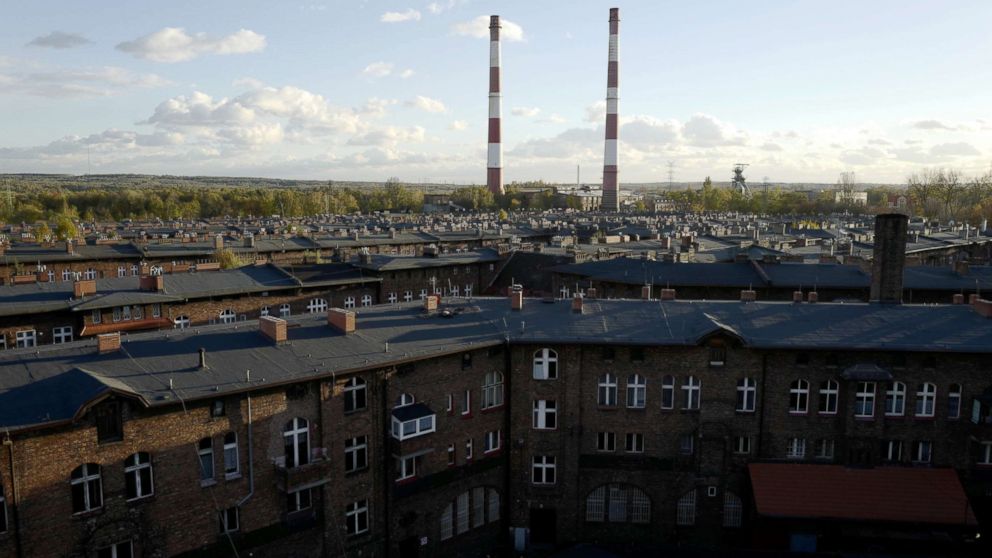
When the Wieczorek mine, one of the oldest coal mines in Poland, closed in March, Grzegorz Chudy noticed for the first time the neighborhood was vibrant with trees in the full bloom of spring.
The smell was heady.
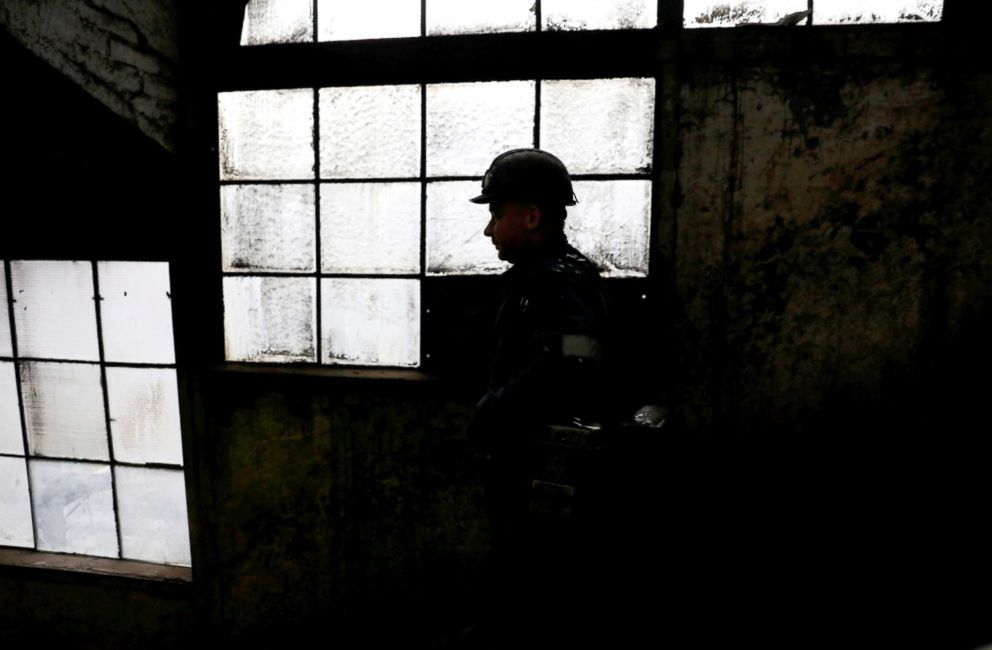
"It was incredible. You never knew all those trees were there," he told Reuters in his art studio in a housing estate for mining families in the southwestern Polish city of Katowice.
"The smell wasn't there while coal was being transported on trucks. The dust covered it up."
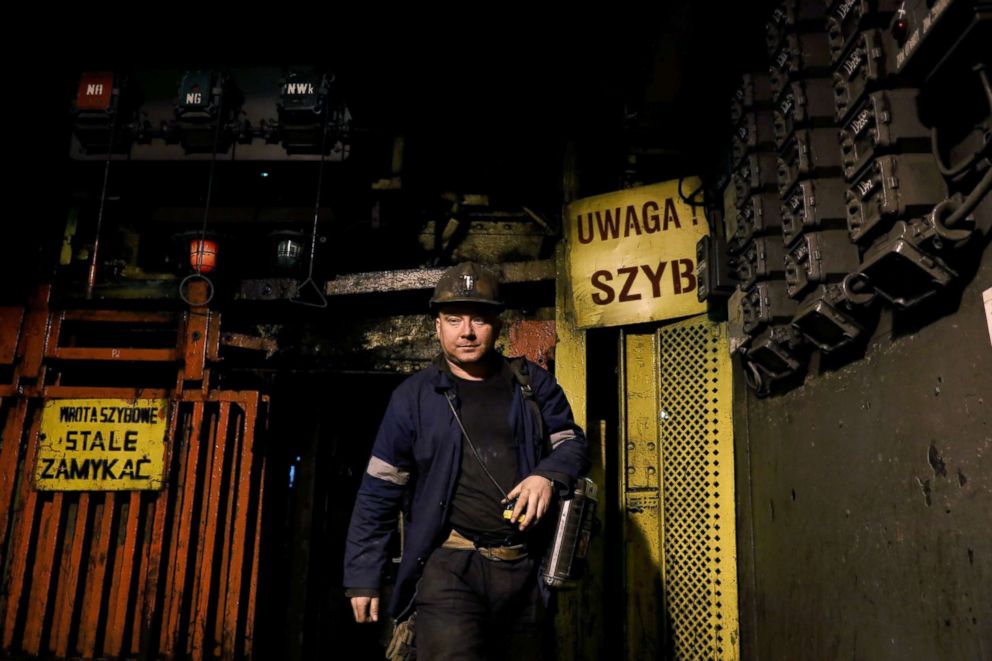
The Wieczorek mine in Katowice, with its towering brick shaft, is among dozens closing down throughout Poland, home to one of the most polluted coal mining regions in Europe.
From Sunday, Katowice will host a round of United Nations climate talks, at which nearly 200 countries will attempt to agree to rules on how to shift the world economy from fossil fuels to try to curb rising temperatures.
The meeting comes as the World Meteorological Organization warned on Thursday that global temperatures were on course to rise by 3 to 5 degrees Celsius (5.4-9.0 degrees Fahrenheit) this century, overshooting a global target of limiting the increase to 2C.
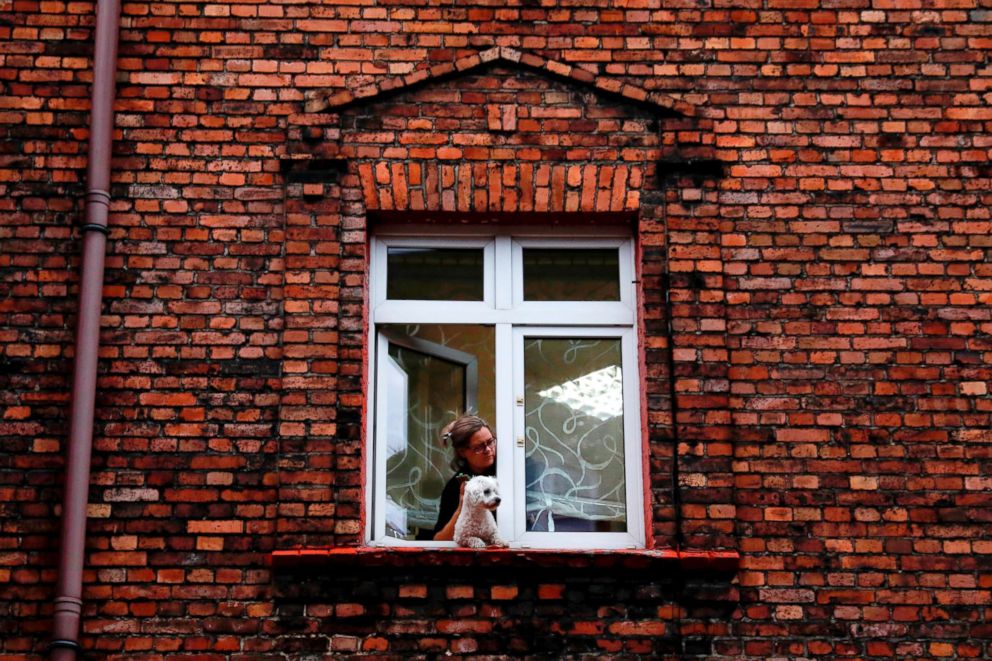
Reaching agreement on how to implement ambitious fossil fuel cuts at the talks could be tough given fears over the impact on the industry, which have divided the European Union and trade tensions between the United States and China.
Poland has a painful experience of the difficulty of an economic transition from coal and even as it counts down to Sunday, it announced plans for a new coal mine in the south of the country.
Its government drew support in part from those with an emotional attachment to the job security, social fabric and national pride associated with mining that overlooked the downside for health and the planet.
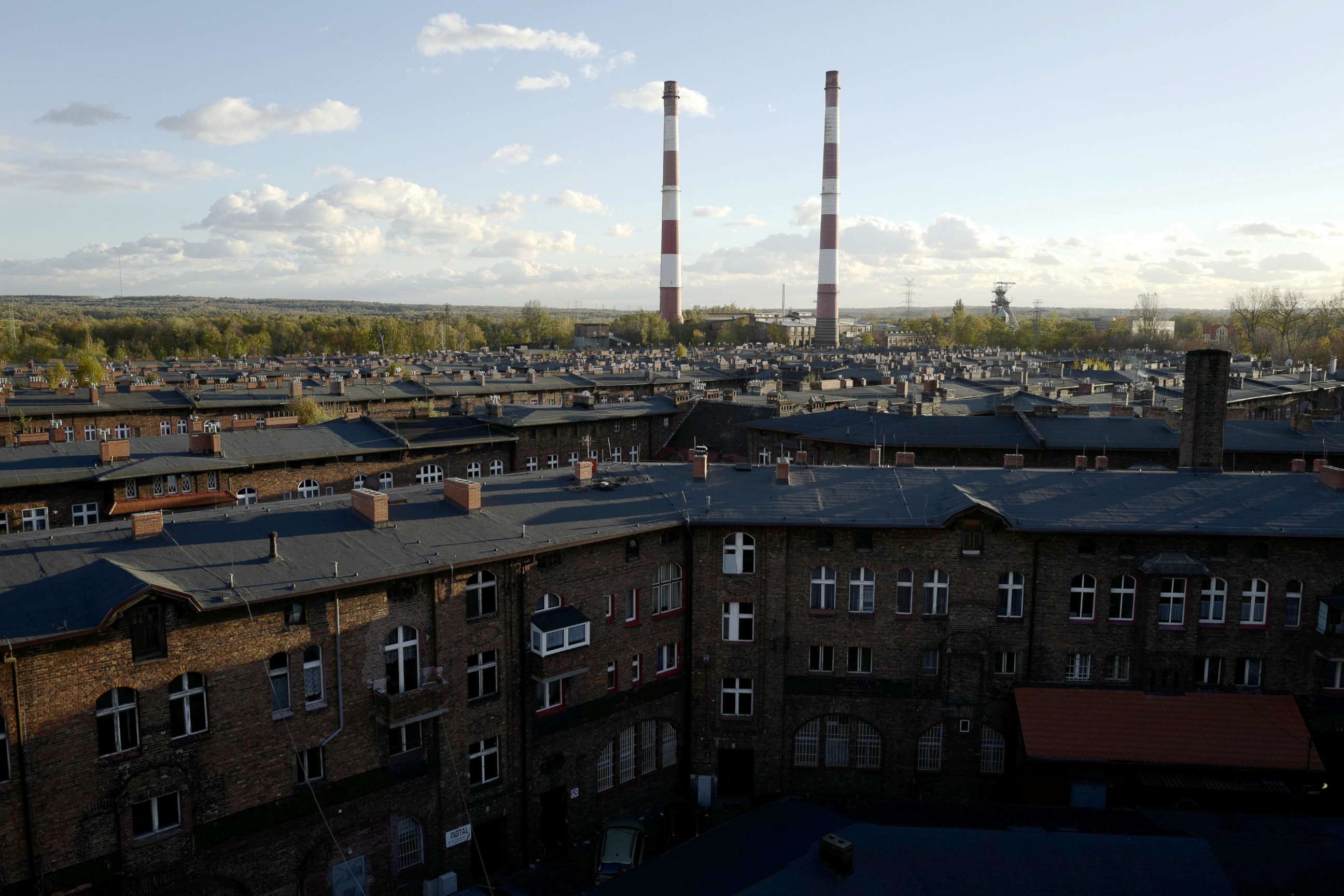
The issue resonates especially with older Poles, who remember deadly anti-communist protests in the early 1980s when the miners emerged as heroes.
Chudy, 36, whose paintings often depict the life and architecture of Nikiszowiec, is one of hundreds of people who have moved to the area, drawn by its industrial feel and affordable housing.
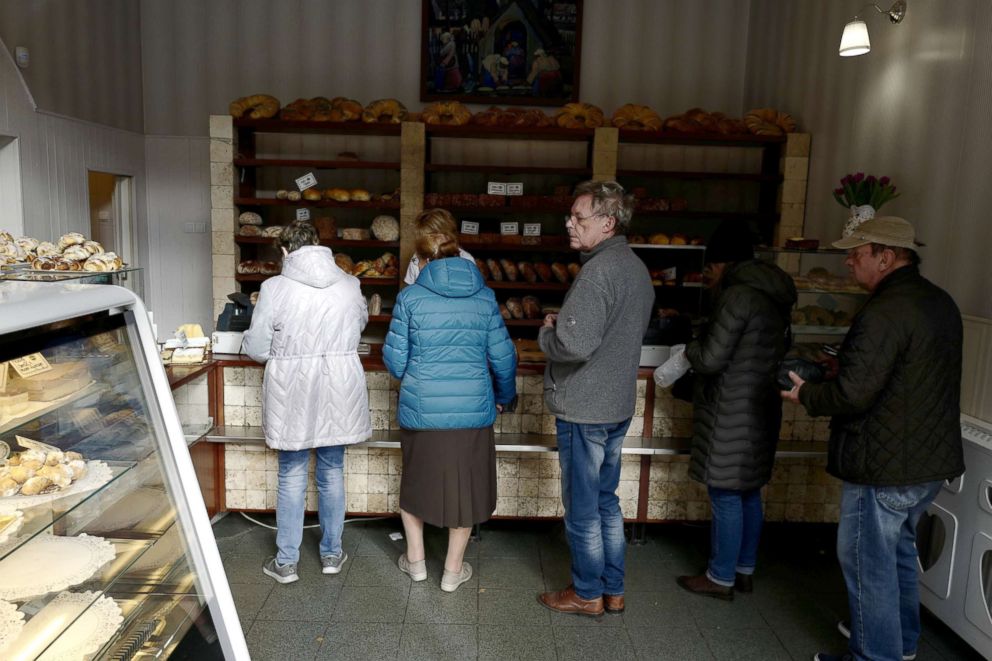
Built to house the families of miners at the start of the 20th century, Nikiszowiec was designed as a self-sufficient neighborhood with its own communal bread ovens and pigsties, as well as a bathhouse for miners and laundry and mangle facilities.
In the years after communist rule ended in Poland in 1989 and the mining sector started to shrink, the area became notorious for crime and poverty.
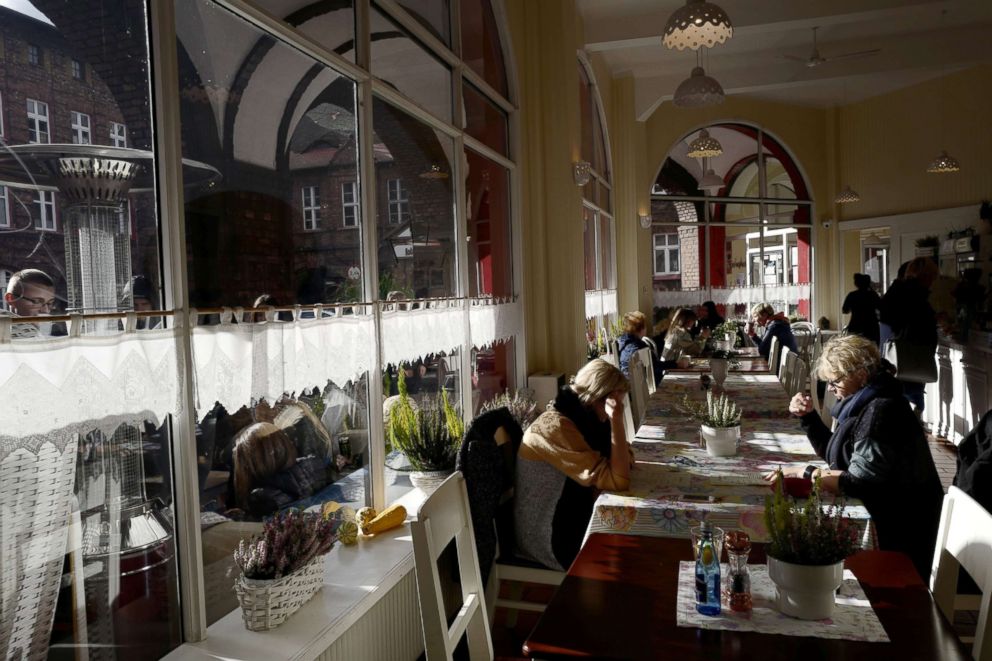
Such problems have all but disappeared as the area has become gentrified and the bold decision to hold the climate talks in the region could also help to shift opinions.
Those in the artistic community say their work could only exist with the inspiration provided by decades of mining.
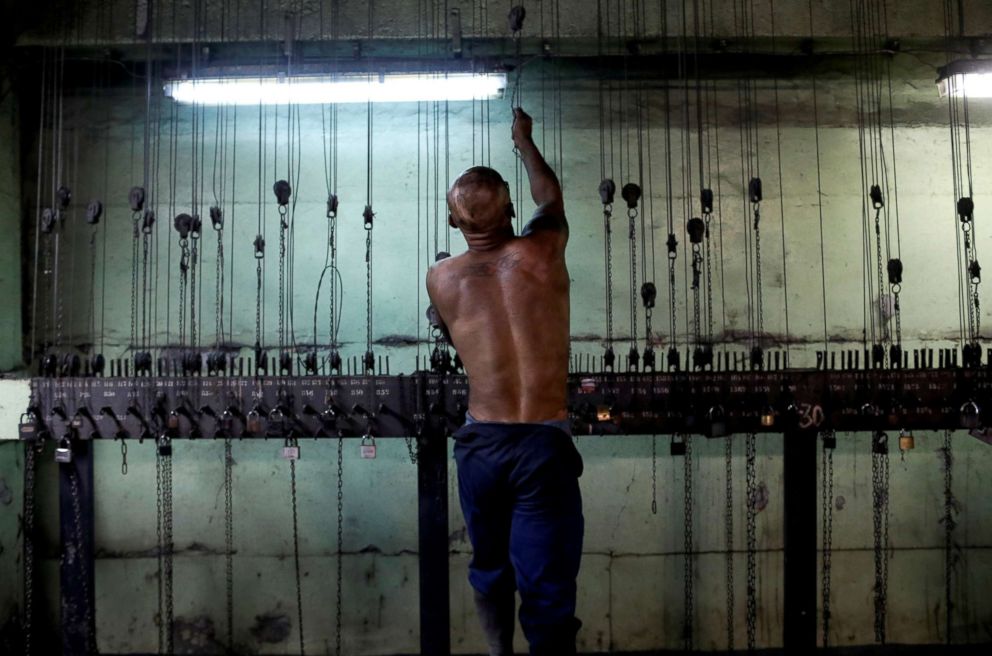
"For me using coal in a different way than it used to be, which was energy, shows its completely new face, so we can call it our new, cool black gold," Katarzyna Depa, who makes jewelry from coal, said.
But for those with mining in the blood, moving on is harder and the smell of coal dust is as sweet as blossom.
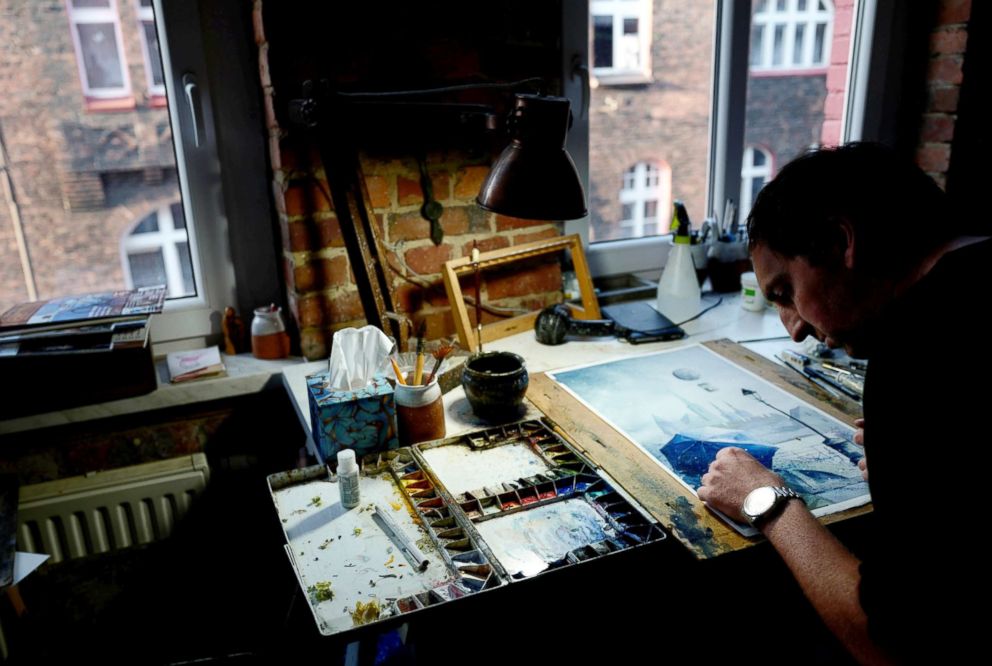
Above all, they miss the community spirit, even if it meant shared danger and hardship.
"The atmosphere used to be much better," miner Krzysztof Zawisza said. "On Friday or Saturday evening, people were coming out to sit on the banks, drink some beer, have a barbecue. Now, I do not know most of those who have come here."
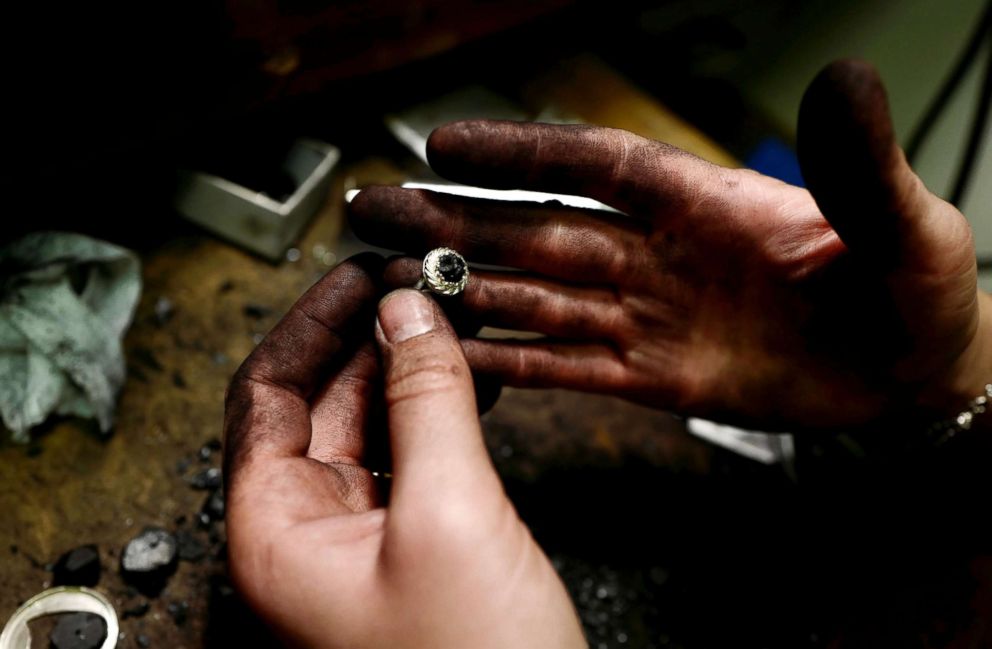
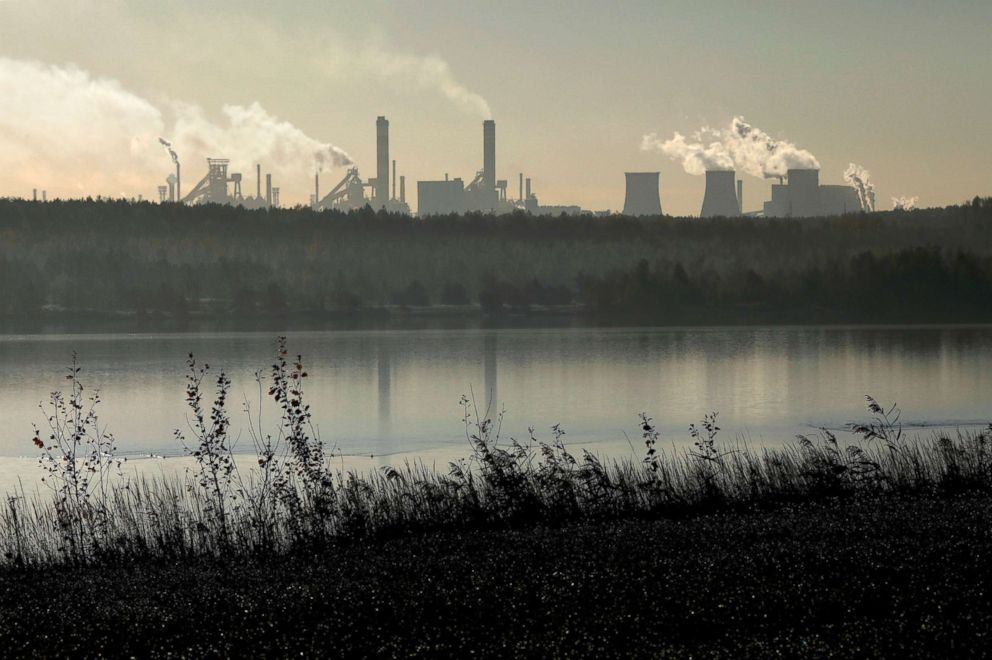
Reporting by Agnieszka Barteczko for Reuters.



